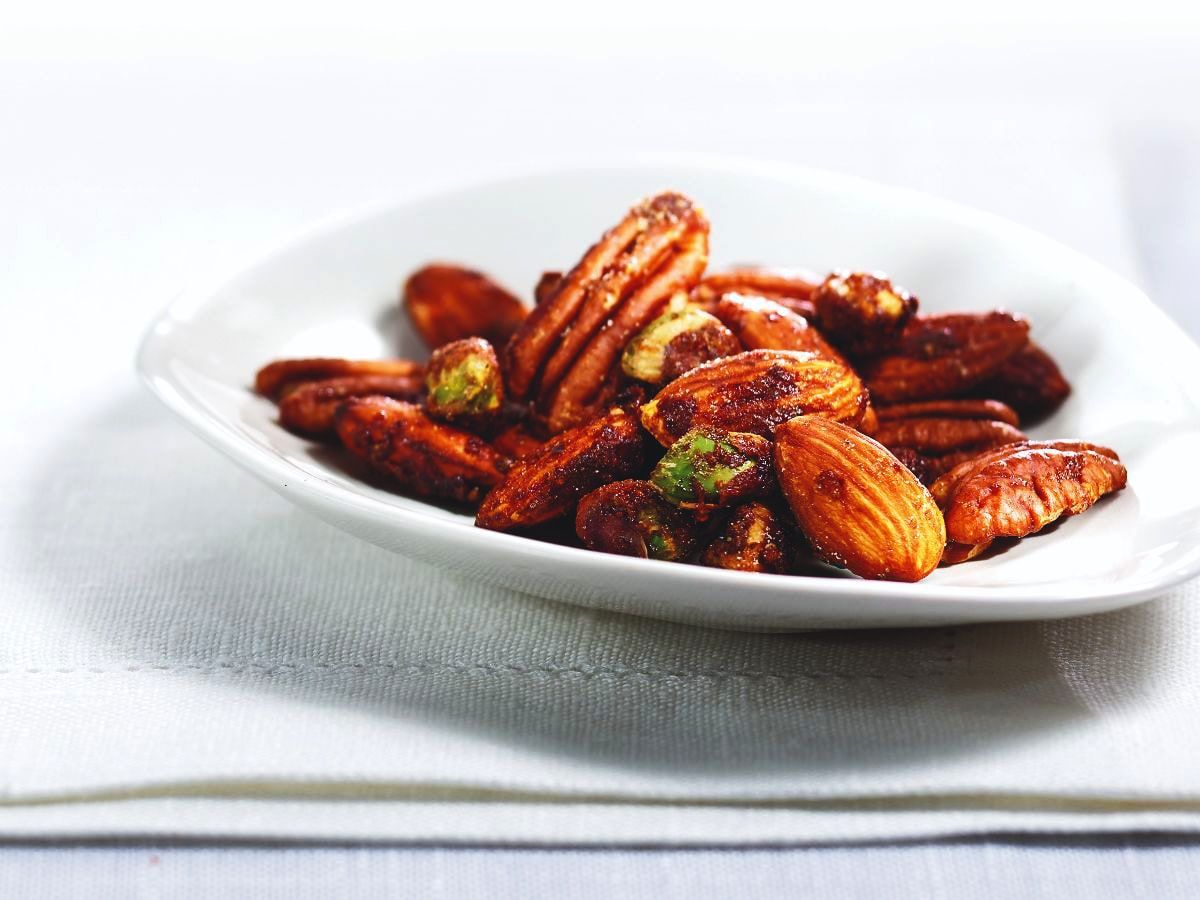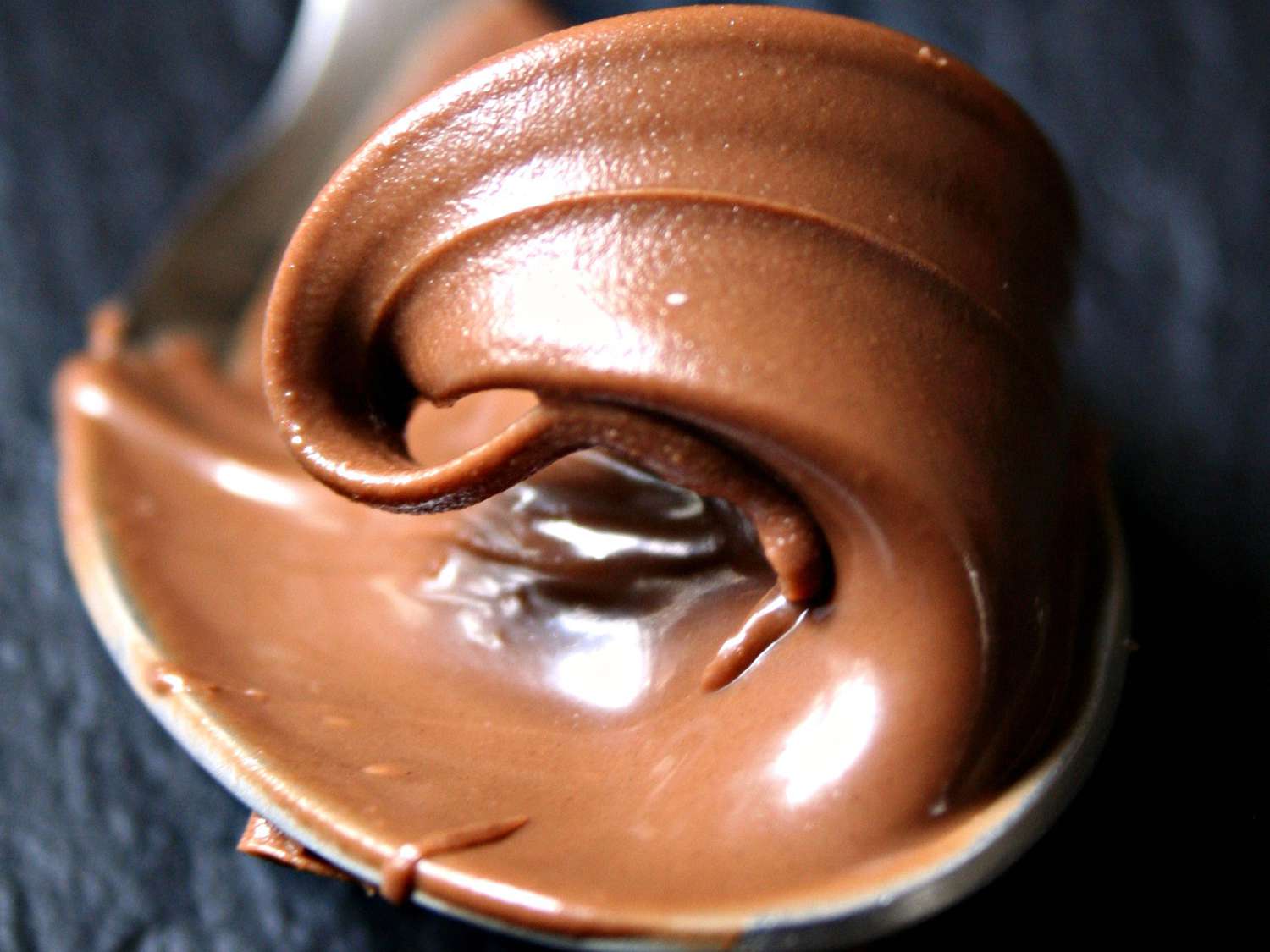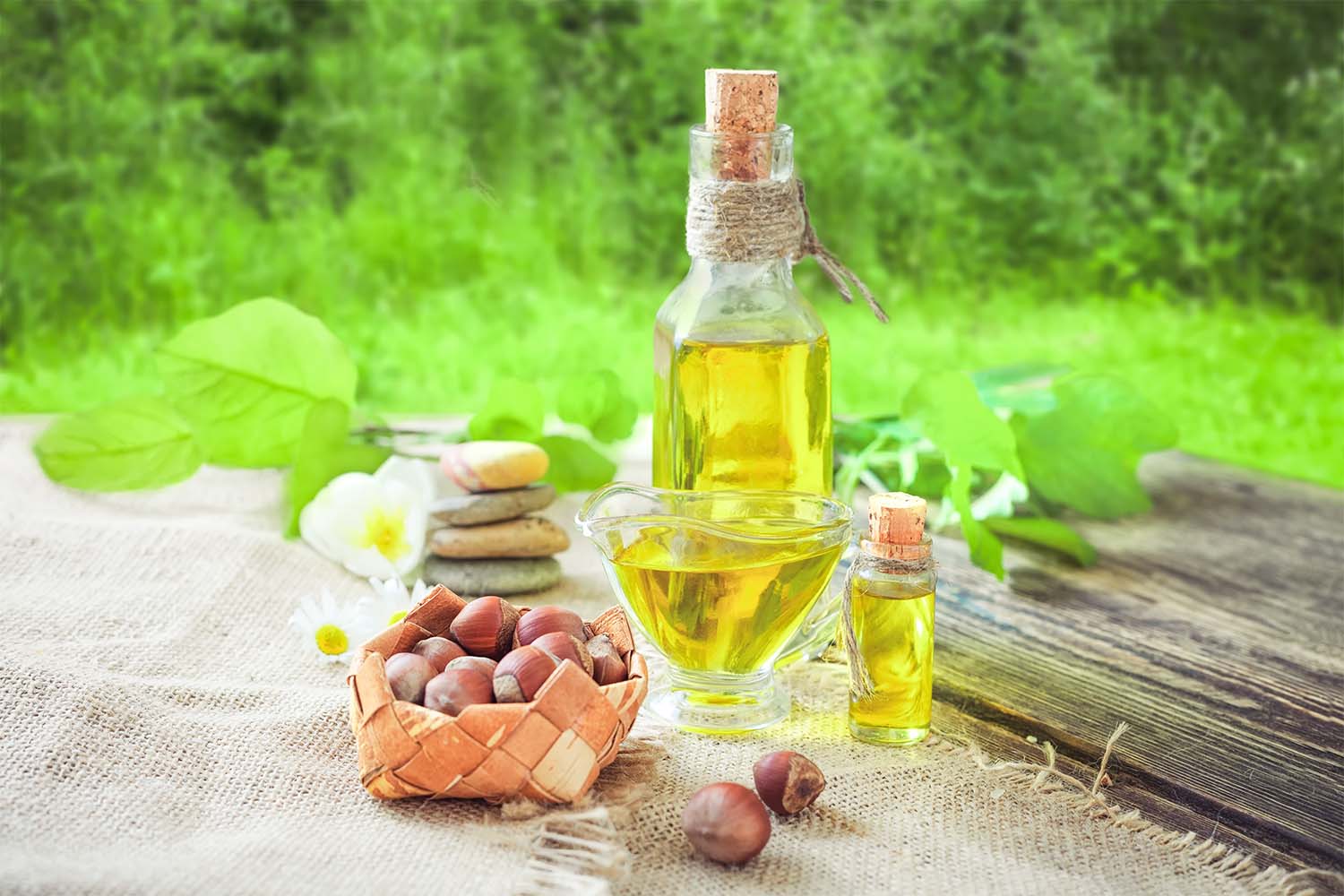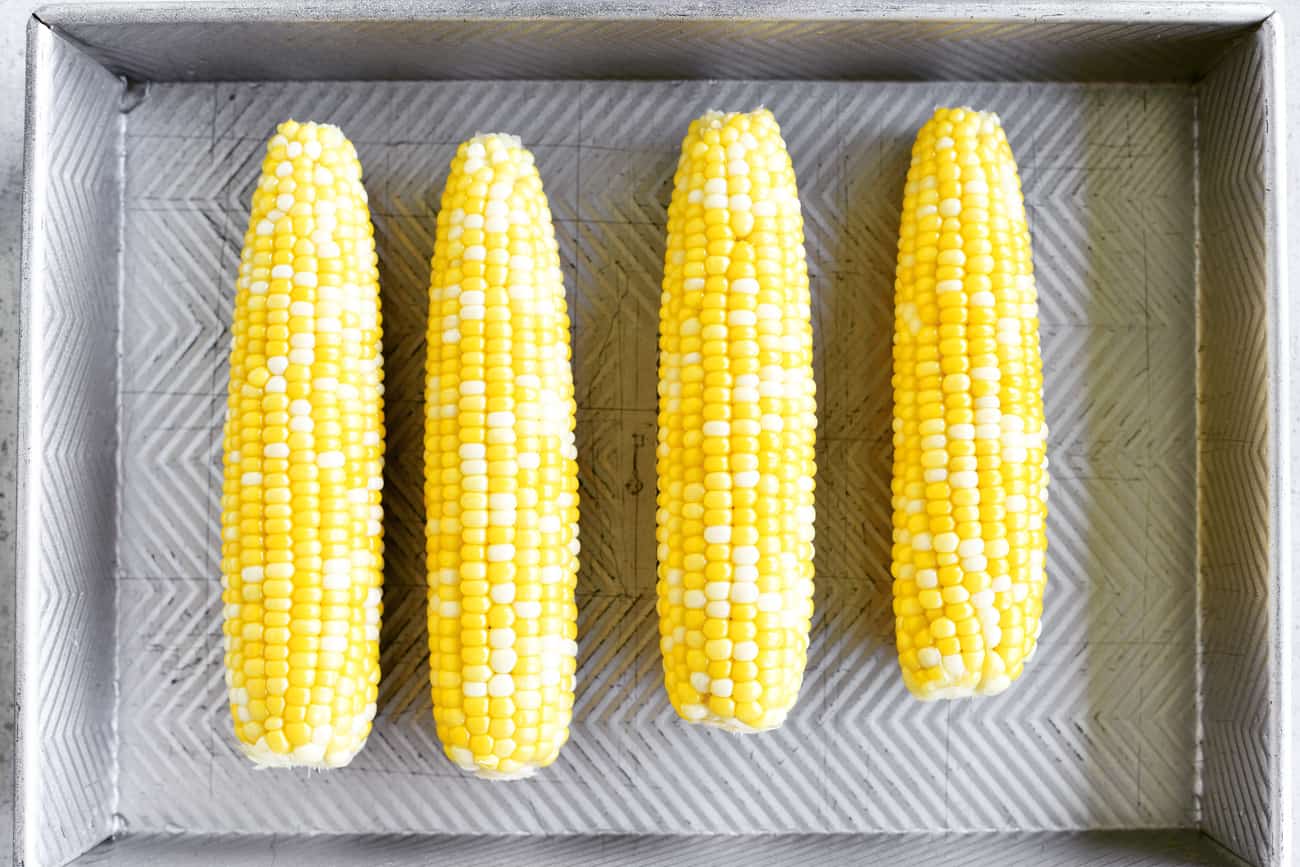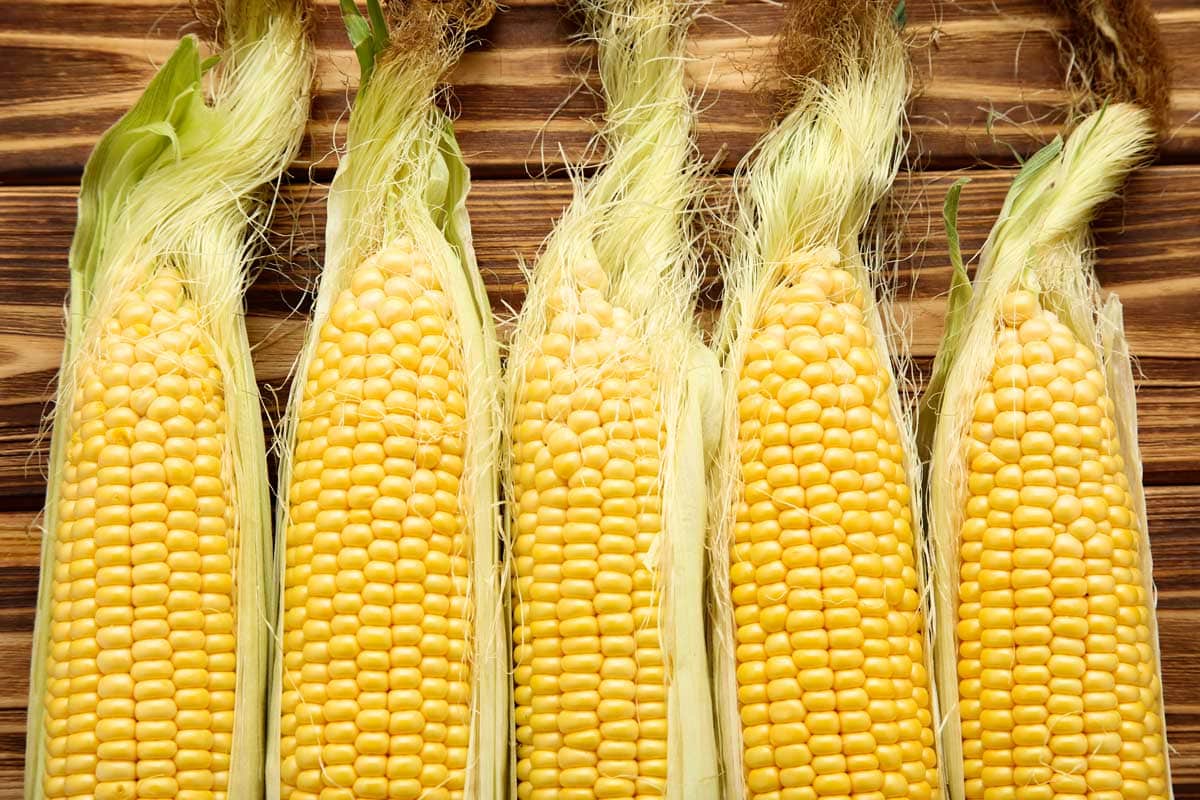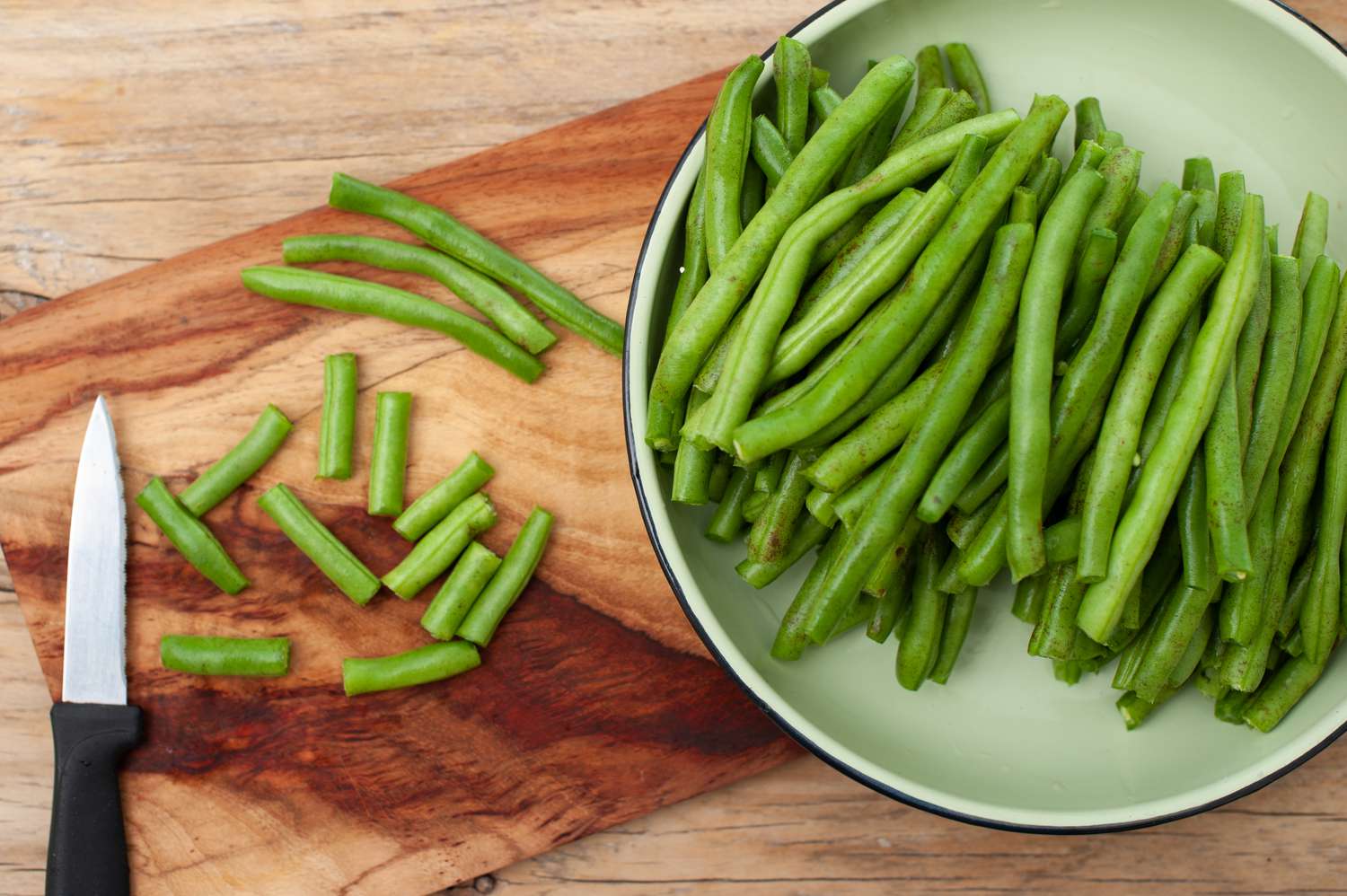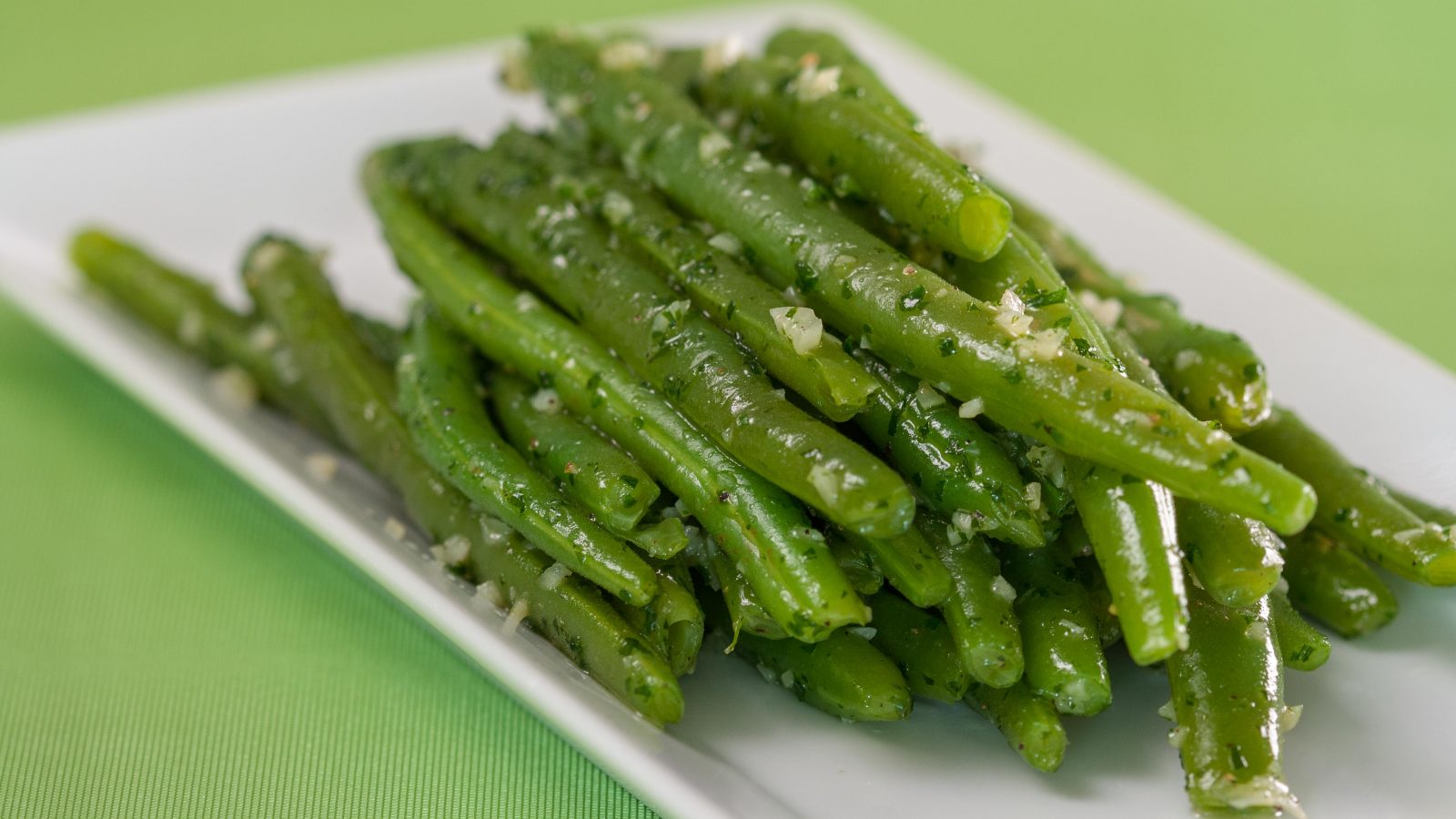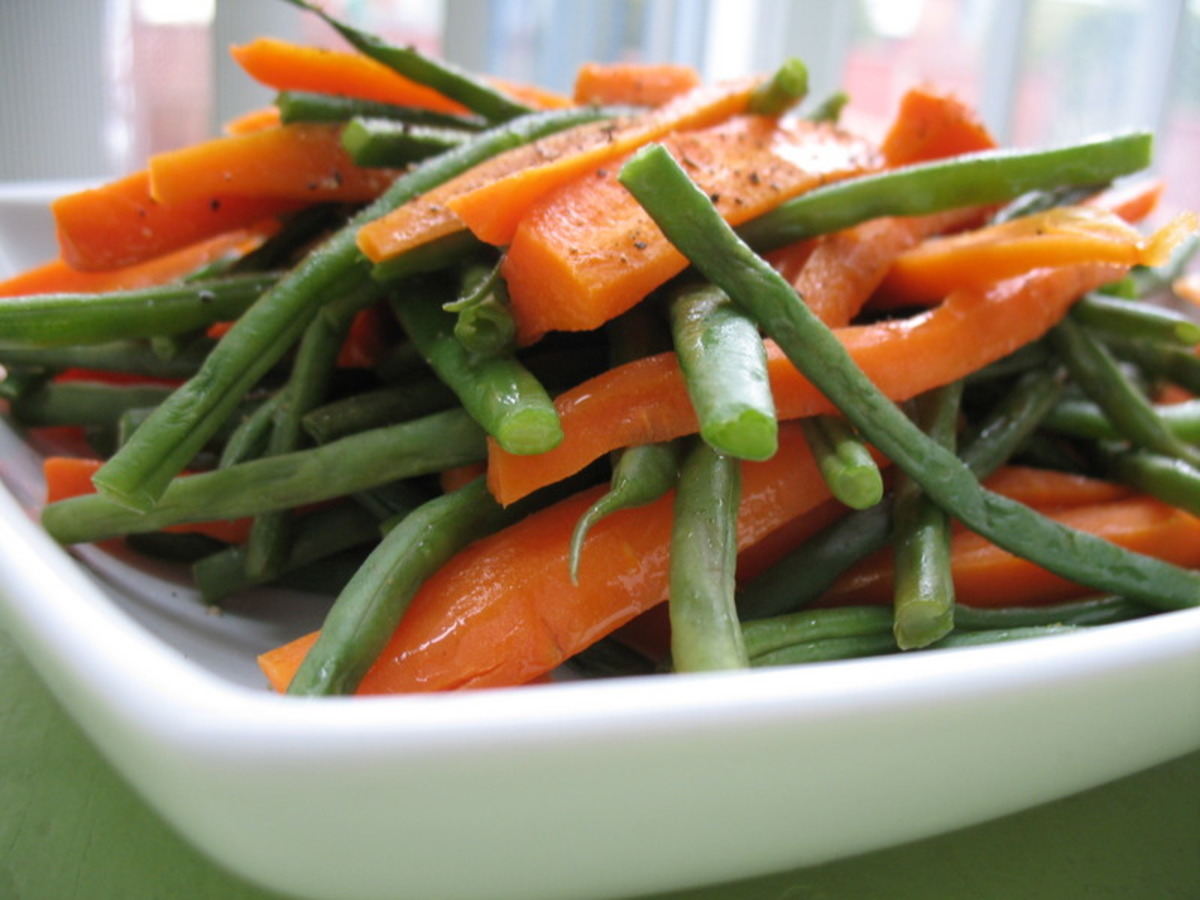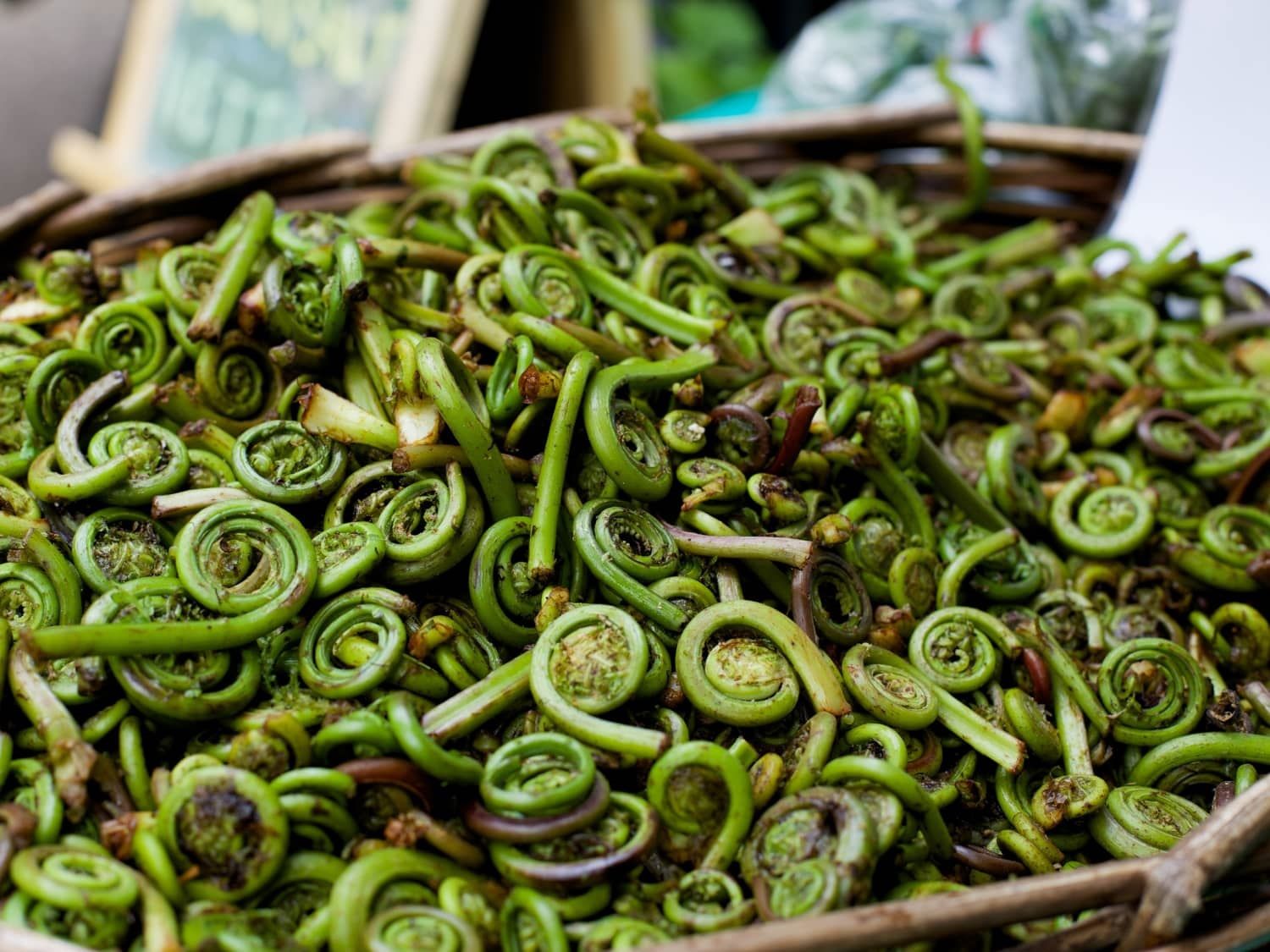Blanching Hazelnuts: A Simple Guide
Blanching hazelnuts is a simple process that involves removing their skins to reveal the delicious, creamy nut inside. Whether you want to use blanched hazelnuts in baking, cooking, or snacking, this guide will show you how to do it with ease.
What You’ll Need
Before you get started, make sure you have the following items on hand:
- Raw hazelnuts
- Boiling water
- Ice water
- Colander or strainer
- Paper towels
Step 1: Boiling the Hazelnuts
Start by bringing a pot of water to a boil. Once the water is boiling, add the raw hazelnuts to the pot. Let them boil for about 3-4 minutes. Boiling the hazelnuts helps to loosen their skins, making them easier to remove.
Step 2: Cooling the Hazelnuts
After boiling, quickly transfer the hazelnuts to a bowl of ice water using a slotted spoon. Let them sit in the ice water for a few minutes. This rapid cooling process will stop the cooking and make the skins shrink, further aiding in their removal.
Step 3: Removing the Skins
Once the hazelnuts have cooled, it’s time to remove their skins. Simply take a hazelnut in between your fingers and gently rub it. The skins should easily slip off, revealing the smooth, blanched hazelnut underneath. You can also use a clean kitchen towel to rub the hazelnuts and remove the skins.
Step 4: Drying the Hazelnuts
After removing the skins, place the blanched hazelnuts on a clean kitchen towel or paper towels. Gently pat them dry to remove any excess moisture. Your hazelnuts are now ready to be used in your favorite recipes!
Uses for Blanched Hazelnuts
Blanched hazelnuts can be used in a variety of ways, including:
- Chopping and adding to baked goods like cookies, cakes, and muffins
- Making homemade hazelnut butter or spread
- Tossing in salads for added crunch and flavor
- Incorporating into savory dishes like pasta or roasted vegetables
Now that you know how to blanch hazelnuts, you can easily incorporate these delicious, creamy nuts into your culinary creations. Whether you’re a seasoned chef or a novice cook, blanched hazelnuts are a versatile ingredient that can elevate your dishes to the next level.
So, the next time you come across a recipe that calls for blanched hazelnuts, don’t hesitate to give it a try. With this simple blanching process, you’ll have perfectly skin-free hazelnuts ready to enhance the flavor and texture of your favorite dishes.
